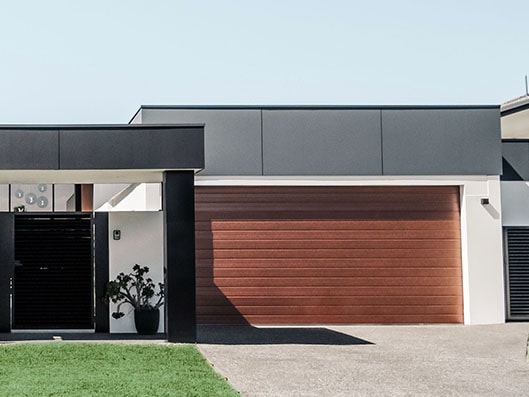
Summer means relaxing in the swimming pool, playing cricket in the backyard and cooking a few snags on the barbie. Unfortunately, long periods of hot and dry weather also mean that the risk of bushfires and the threat to homes is a serious reality. Last bush fire season taught us some terrifying lessons about the importance of being prepared and having a plan. Here are 7 useful tips to get your home ready for the bushfire season.
- Trim shrubbery and grass
Longer grass spreads fire faster so regularly mowing lawns will boost your home’s protection. Prune any overhanging branches within 10 metres of the house and keep the lawn mown to less than 10 centimetres. Cut back any shrubs near or under windows and tidy the garden of any dry grass, leaves, twigs and loose bark. Have a cleared area around your house can stop the fire spreading to your home.
- Remove potential fuel sources
If you have LPG gas bottles, turn the valves to point away from the house. Clear and remove all the twigs and dead leaves from the gutters surrounding your home. Burning embers can set your home on fire. Take special care to remove potential fuel sources such as woodpiles, outdoor furniture, paint, combustible chemicals, boxes and doormats. Not only may these accelerate the fire, they can also be a hazard for fire fighters and your family during an emergency.

- Check your garage door and opener
If you keep your car in the garage, you should check if your garage door is equipped with a manual release cord and a back-up battery system. You should learn all the safety features of your automated garage door and read the instructions for how to manually open it in case of an emergency or power failure.
Regular maintenance of your garage door and opener is the second part of your survival plan. Undertaking a quick reversal test and looking for signs of wear and tear before the bushfire season will allow you to be confident that your garage door is working at its best.
- Prepare a sturdy hose
Prepare a sturdy hose or hoses that will reach all around your home. Make sure you’ve got a reliable source of water. If you have a pool, make sure you register for a Static Water Supply (SWS) sign to place outside your home to help firefighters identify water sources to use in fire emergencies.
- Stay informed and get connected
In an emergency, things can change quickly. It’s important to get reliable, current information from a trusted source. Make sure you have access to the recommended sources of up-to-date information, such as ABC Emergency page and Bureau of Meteorology weather warnings online. You need to make sure your key contacts know where you intend to go if there was a bushfire, and if necessary, what plan you will make to meet them there. You may also swap phone numbers with a neighbour or other local contact you can reach out to in an emergency.
- Get packing for the bushfire emergency
Pack important documents, items you’ll need to survive a bushfire and items precious to you and important to your recovery. Important documents include passports and driver licences, land titles and mortgage papers, marriage and birth certificates, insurance papers and medical documents. Survival items are things you’ll need if there’s no water or power, or if roads are cut off and shops are closed, such as torch, medicines, protective clothing, toiletries and spare batteries.
- Check your home insurance
While being prepared helps, the loss of homes is an unfortunate reality of Australian bushfire seasons and is the reason why having adequate insurance is a must. Most home and contents insurances cover fires within the home, but many of us forget to check whether natural disasters such as bushfires are also included. Make sure you check your insurance before bushfire season and keep a copy of your insurance document in your emergency pack.
For more help and information, contact your local fire station or fire control centre. In an emergency call 000.
